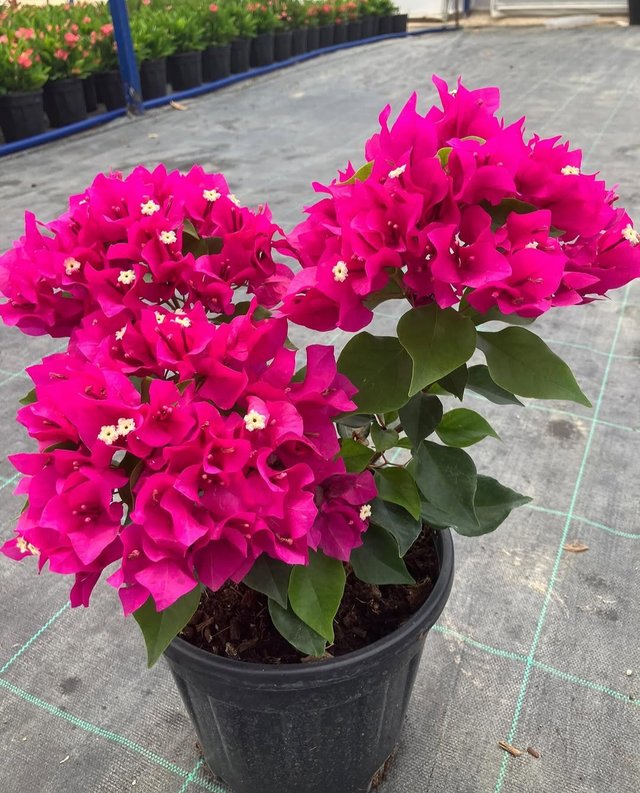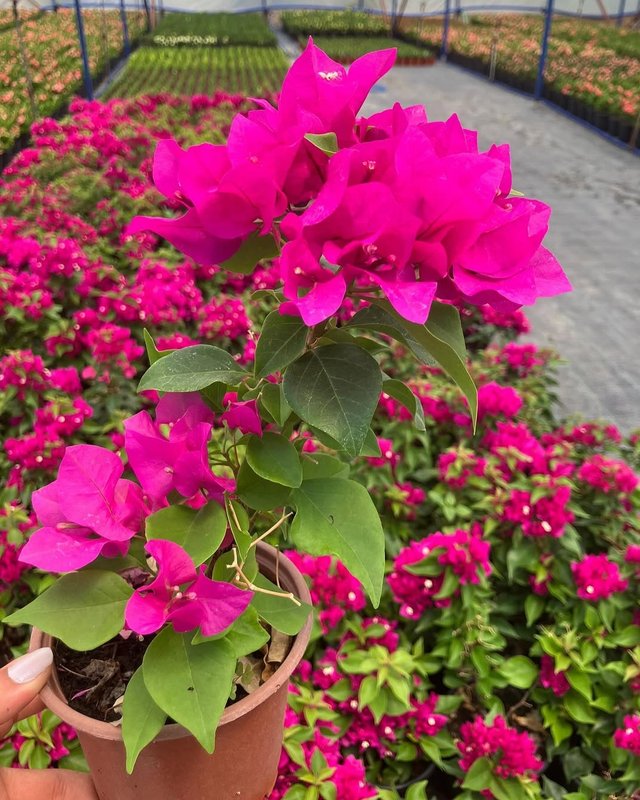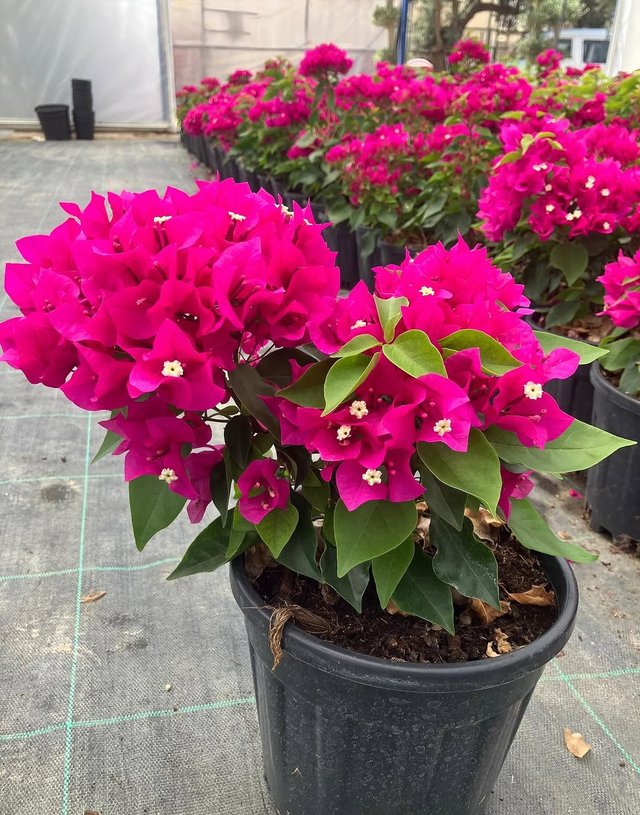Wonderful Colour Paper Flower
The Paperflower is one of the most admired ornamental plants in tropical and subtropical regions of the world. Renowned for its vivid and colorful displays, the plant has earned the nickname "Paperflower" because its blossoms are not true petals but papery, thin bracts that surround the tiny, inconspicuous flowers. These bracts can appear in a dazzling array of colors, from bright magenta, purple, red, orange, and pink to softer tones of white and yellow. Their delicate, crinkled texture often resembles hand-crafted paper, giving the plant a unique charm.
Origin and Distribution
The Paperflower is native to South America, particularly Brazil, Peru, and Argentina. It was discovered in the late 18th century by French explorer Louis Antoine de Bougainville, after whom the plant was named. Over the centuries, it has traveled far beyond its native land and become a beloved garden feature in Asia, Africa, and Mediterranean countries, thriving wherever warmth and sunlight are abundant.
Appearance and Growth
Bougainvillea is a woody, thorny vine that can grow vigorously, often climbing walls, trellises, and fences with ease. Some species grow as sprawling shrubs, while others can be trained into hedges, standards, or even small trees. The leaves are simple, green, and oval-shaped, providing a rich backdrop for the brilliant bracts. What many mistake for flowers are actually these modified leaves. The real flowers are small, tubular, and usually white or cream, nestled inside the flamboyant bracts.
Its growth habit makes it a versatile plant. With proper pruning, Paperflower can be maintained as a compact potted plant, while in open spaces, it can cover entire walls or pergolas, creating a stunning cascade of color.
Cultural and Symbolic Significance
In many parts of the world, Paperflower is seen as a symbol of passion, liveliness, and hospitality. Its bold and vivid colors bring energy to gardens, parks, and public landscapes. In tropical countries, bougainvillea is often planted along roadsides and in front yards to beautify surroundings. Because of its ability to bloom almost year-round in warm climates, it is sometimes associated with resilience and enduring beauty.




%20(7).jpeg)